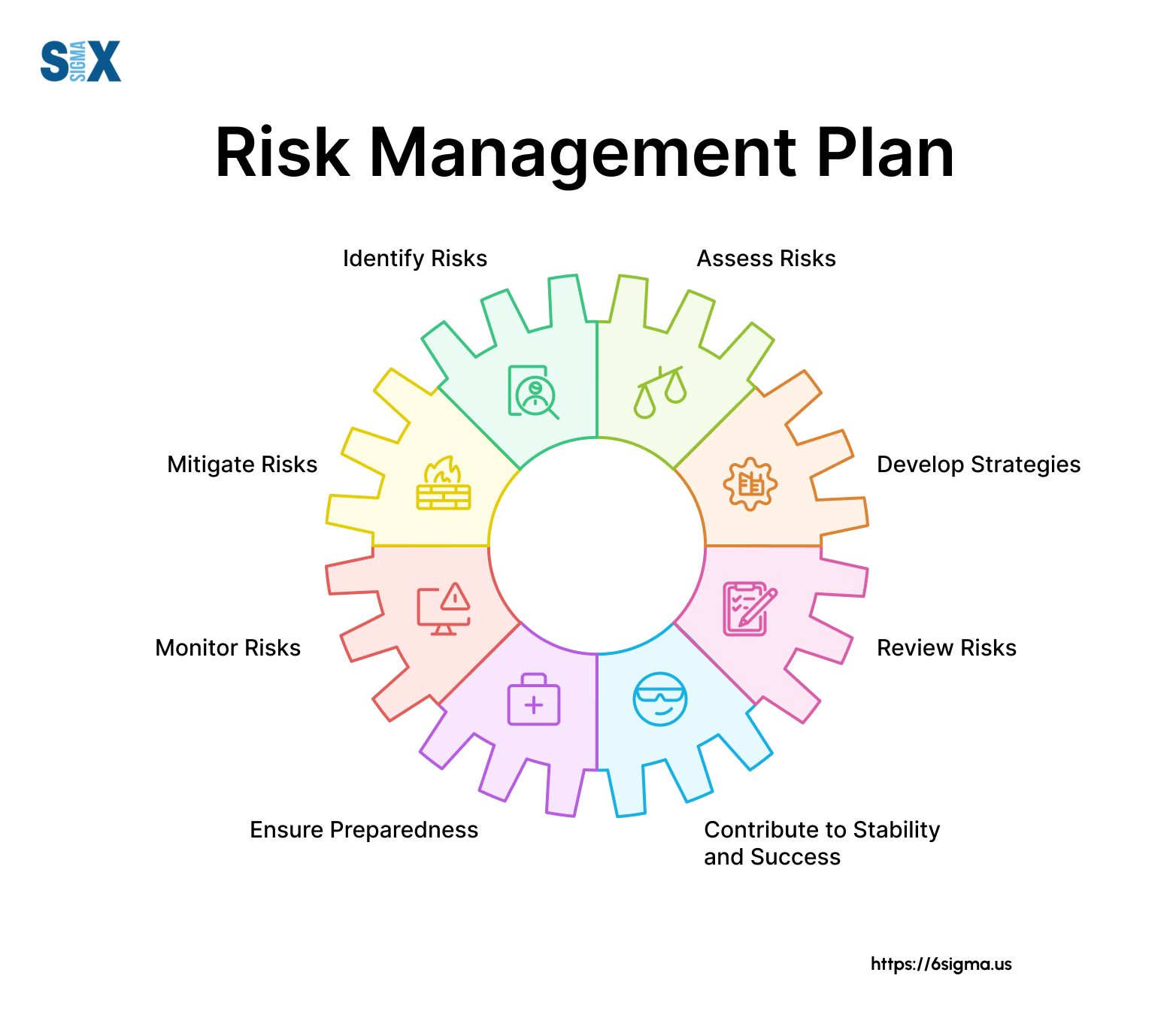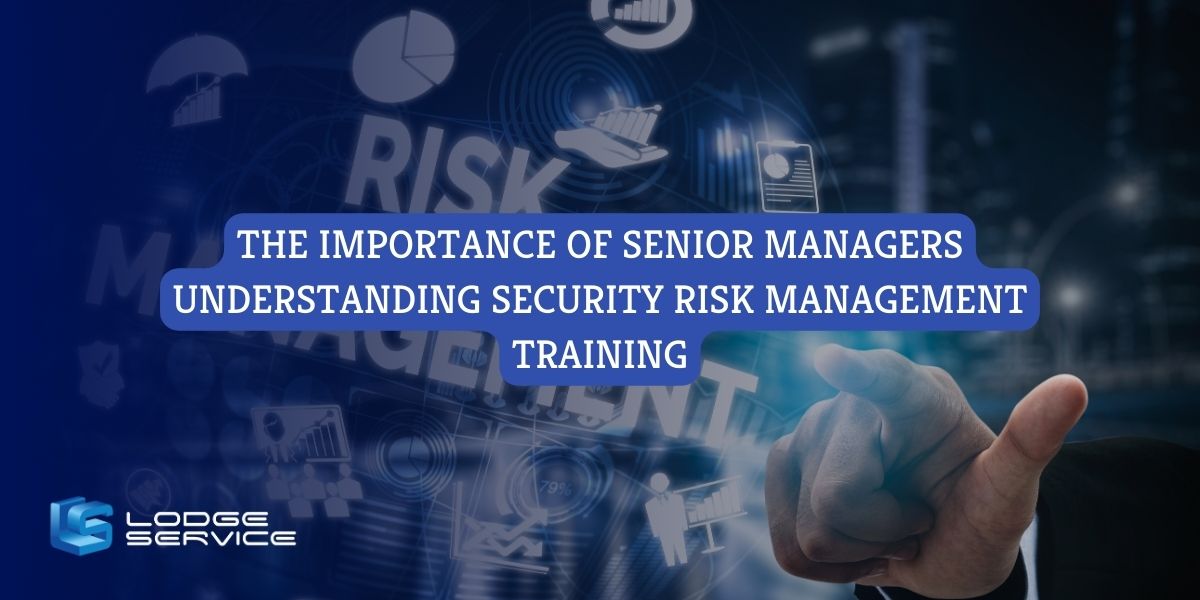How the Importance of Risk Management Shapes Powerful Leadership
How the Importance of Risk Management Shapes Powerful Leadership
Blog Article
Discovering the Value of Risk Management for Effective Decision-Making Strategies
In the detailed globe of service, Risk Management emerges as a crucial element in the decision-making process. The capability to identify potential dangers and possibilities, and plan as necessary, can lead to the distinction in between success and failure.
Understanding the Principle of Risk Management
Risk Management, an important element in decision-making, is usually misinterpreted or oversimplified. Risk Management entails self-displined and structured strategies, utilizing data and informative assessments. From monetary unpredictabilities, lawful obligations, strategic Management mistakes, to accidents and all-natural catastrophes, it attends to various threats - importance of risk management.
The Duty of Risk Management in Decision-Making Processes
In the world of critical preparation and company procedures, Risk Management plays an integral function in decision-making procedures. Risk Management thus ends up being a vital device in decision-making, aiding leaders to make informed choices based on a thorough understanding of the threats included. Risk Management offers as a vital element in the decision-making procedures of any type of organization.

How Risk Management Boosts Strategic Preparation
In the context of tactical planning, Risk Management plays an essential duty. Initiating with the recognition of prospective risks, it even more includes the application of Risk mitigation procedures. The function of Risk Management is not static yet dynamic, as it requires consistent monitoring and adjusting of strategies.
Recognizing Prospective Threats

Implementing Risk Reduction
Having actually developed the relevance of identifying potential dangers, the next action is to explore Risk mitigation. This process entails developing and carrying out approaches to manage identified threats efficiently. It is a vital aspect of critical planning as it improves decision-making by minimizing potential negative outcomes. Risk reduction techniques can range from Risk avoidance, Risk transfer, to risk reduction. Each approach needs to be tailored to the specific Risk, considering its potential influence and the company's Risk tolerance. Moreover, efficient Risk mitigation calls for a deep understanding of the Risk landscape and the prospective influence of each Risk. This understanding makes it possible for organizations to focus on dangers and allocate resources properly, ensuring that the most significant threats are addressed initially.
Monitoring and Adjusting Methods
Though Risk reduction is a crucial step in critical planning, continual tracking and modification of these methods is just as important. It also gives a chance to review the success of the Risk Management procedures, permitting modifications to be made where essential, further enhancing calculated planning. Tracking and readjusting Risk Management methods is a vital part for boosting a company's resilience and calculated planning.
Situation Researches: Effective Risk Management and Decision-Making
In the globe of read service and financing, successful Risk Management and decision-making typically serve as the columns of thriving enterprises. These instances highlight the worth of sharp Risk Management in decision-making processes. These situations emphasize the important duty of Risk Management in strategic decision-making.
Tools and Techniques for Reliable Risk Management
These devices, such as Risk registers and heat maps, help in identifying and examining potential threats. Risk action techniques, a crucial part of Risk Management, entail accepting, preventing, transferring, or mitigating risks. With these strategies and tools, decision-makers can browse the complex landscape of Risk Management, consequently promoting informed and effective decision-making.
Future Trends in Risk Management and Decision-Making Methods
As we check out the vast landscape of Risk Management, it becomes obvious that the techniques and tools used today will remain to progress. Future fads aim in the direction of an increased reliance on technology, with expert system and artificial intelligence playing substantial roles. These technologies will make it possible for organizations to predict possible dangers with better precision and make even more informed decisions. In addition, there will certainly be an expanding emphasis on resilience, not just in taking care of dangers yet also in getting better from adverse situations. Finally, the idea of Risk society, where every member of a company is mindful and associated with Risk Management, will get extra prestige. These fads advertise an even more comprehensive and aggressive approach in the direction of Risk Management and decision-making.
Conclusion

Risk Management thus ends up being an important device in decision-making, helping leaders to make enlightened options based on a comprehensive understanding of the risks involved. Risk reduction methods can vary from Risk avoidance, Risk transfer, to run the risk of reduction (importance of risk management). Reliable Risk reduction requires a deep understanding of the Risk landscape and the potential influence of each Risk. Risk reaction methods, a crucial component of Risk Management, involve approving, avoiding, transferring, or mitigating threats. The idea of Risk culture, where every participant of an organization is conscious and entailed in Risk Management, will pop over to this site certainly obtain extra prominence
Report this page